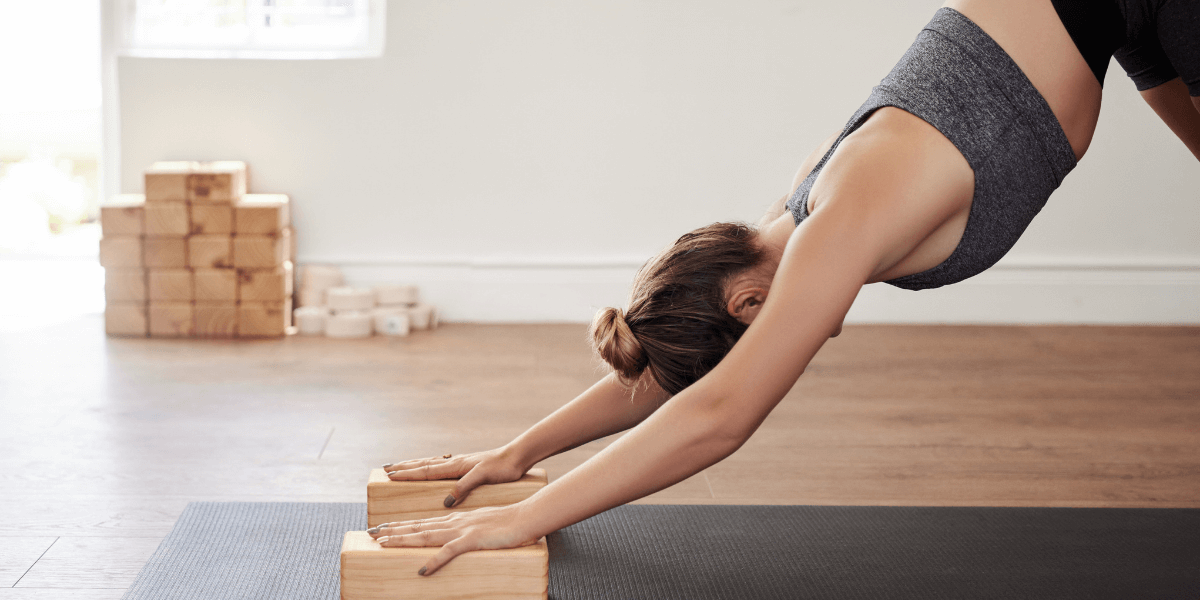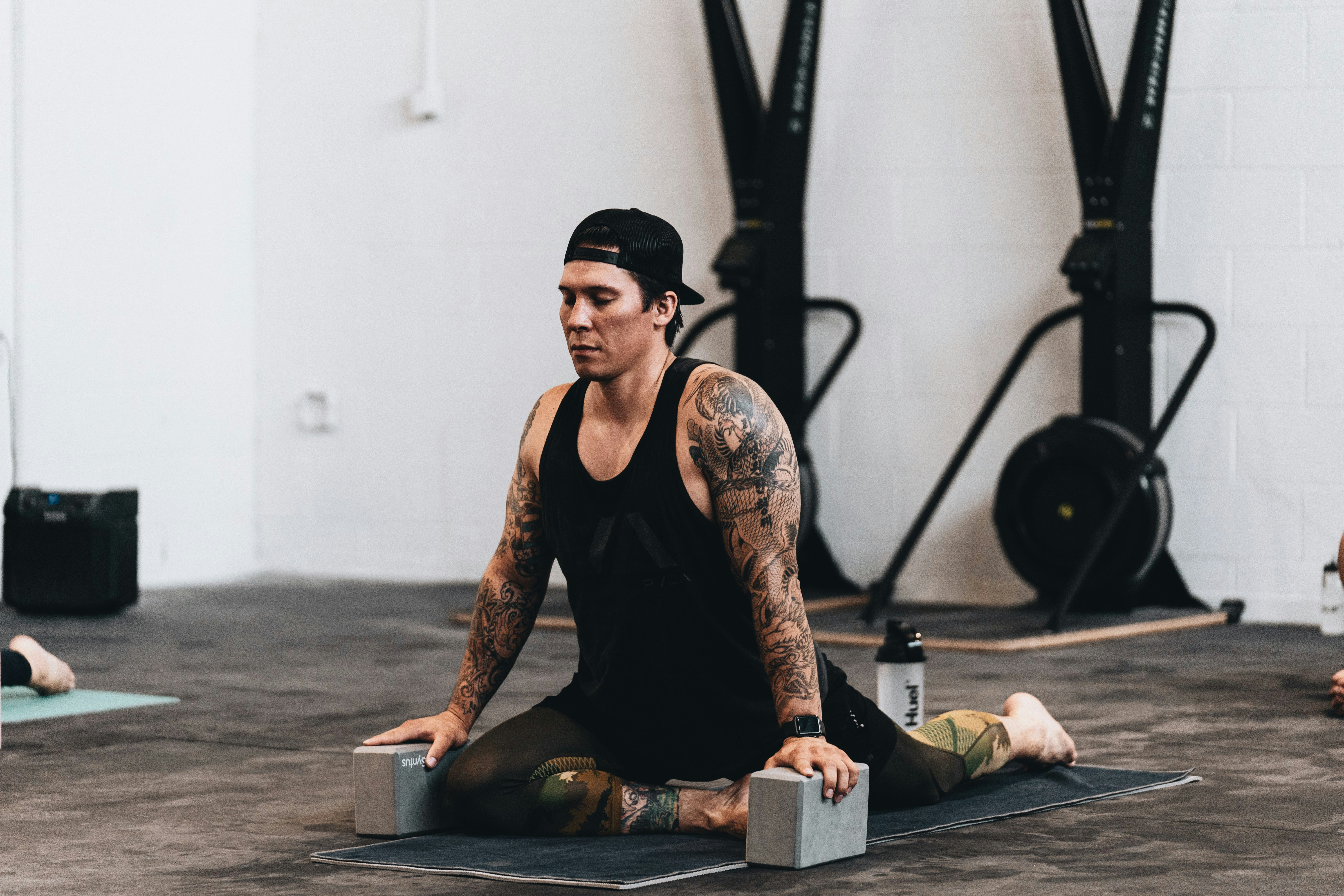For Teachers
Self-Care Practices for Yoga Teachers

As yoga teachers, we often find ourselves fully immersed in helping others improve their physical and mental well-being. It’s easy to get lost in the rhythm of our classes, constantly guiding students toward their goals. However, if we don’t take care of ourselves, we may risk burning out and losing the passion that made us fall in love with yoga in the first place. Self-care practices for yoga teachers are essential not only for our own health but also for the health of our students. In this article, I’ll share some self-care practices that I’ve personally found to be beneficial, ensuring that I remain grounded, energized, and effective as a teacher.
The Importance of Self-Care for Yoga Teachers
Yoga teachers are often seen as pillars of strength and serenity, but behind that calm exterior, we too face the challenges of daily life. Our work can be physically and emotionally demanding. We guide others through complex postures and help them navigate their own physical and mental challenges. But if we don’t pause to nurture ourselves, we can’t be the best version of a teacher for our students.
Self-care practices for yoga teachers are more than just a luxury—they are a necessity. As someone who has personally experienced the effects of neglecting self-care, I can confidently say that taking time to recharge and rejuvenate is one of the most valuable things we can do. It allows us to maintain our enthusiasm, energy, and patience, and ensures that we don’t run on empty.
Physical Self-Care: Protecting Your Body
Yoga is physically demanding work, and as a teacher, we are constantly moving. We demonstrate poses, adjust our students, and sometimes take on more physical strain than we realize. It’s easy to get caught up in the rhythm of teaching and forget that we, too, need to take care of our bodies. Physical self-care is a cornerstone of long-term sustainability as a yoga teacher.
Develop a Personal Practice
One of the first self-care practices for yoga teachers that I adopted was developing a personal yoga practice that’s just for me. It might sound simple, but when I began to carve out time for my own yoga sessions—free of teaching obligations or student focus—it made a world of difference. It’s important to remember that our own practice should be nurturing and restorative, rather than a performance for others. Whether it’s a 15-minute session of restorative poses or a longer flow, prioritizing my personal practice helps me reconnect with my body and its needs.
Even if you are teaching multiple classes a day, try to find moments where you can practice without the pressure of demonstrating or leading. This helps you stay in tune with your body, strengthens your practice, and ensures that you can guide your students with authenticity and presence.
Rest Is Just As Important
In my early years of teaching, I would often skip rest days or ignore the physical toll that teaching took on my body. Over time, I realized how important rest is for maintaining my energy. Without enough recovery time, I started to feel fatigued, and I noticed that my teaching wasn’t as impactful. I now schedule rest days into my weekly routine. This gives my body the chance to heal and recharge, which is essential for avoiding burnout and ensuring long-term well-being.
Remember, rest isn’t just about sleep. It can also mean stepping away from physical activity for a day or two, allowing your muscles to recover, or incorporating low-impact activities like walking or gentle stretching.
Listen to Your Body
I’ve learned to listen more closely to my body over the years. As teachers, we often push ourselves to meet the demands of our students, but we shouldn’t forget that our bodies have limits too. If I’m feeling particularly sore or strained, I make adjustments to my routine, whether that’s modifying how I practice or asking for help in class. Listening to my body has kept me safe from injuries and helped me prevent overexertion, which is vital when teaching multiple classes throughout the week.
Get Regular Check-ups
It’s also important to keep up with routine health check-ups, just like anyone else would. I make sure to see my doctor for regular exams and visit a chiropractor or massage therapist when necessary. Maintaining overall health and well-being is crucial for longevity in this profession.
Mental and Emotional Self-Care: Staying Grounded
While physical care is essential, it’s equally important to pay attention to our mental and emotional health as yoga teachers. We often find ourselves holding space for our students’ emotional experiences, whether it’s during an intense class or a peaceful meditation session. Without the right tools for mental self-care, it can be easy to feel overwhelmed.
Meditation and Mindfulness Practices
Meditation and mindfulness are two of the most important tools I’ve incorporated into my daily life. Taking even a few minutes in the morning or evening to sit in stillness allows me to reset and clear my mind. Meditation helps me maintain emotional balance and process the mental demands of being a yoga teacher. This simple yet powerful practice has become an anchor for me, helping me stay calm and centered amidst the busyness of daily life.
Mindfulness also plays a huge role in teaching yoga. It’s not just a practice that we ask our students to embody—it’s a practice we must embody ourselves. I’ve found that staying present in each moment allows me to approach my teaching with patience, empathy, and understanding.
Journaling for Reflection
Journaling is another practice I rely on for emotional well-being. At the end of each day, I make it a habit to reflect on my experiences, my classes, and my emotions. Writing allows me to process my thoughts and release any lingering stress. It’s a form of self-expression that helps me understand my own needs and emotions more clearly.
By keeping a journal, I can track patterns in my emotional and mental health, which makes it easier to recognize when I’m approaching burnout or feeling depleted. This tool has helped me set boundaries and take necessary breaks before reaching a point of exhaustion.
Set Boundaries and Ask for Help
One of the most important lessons I’ve learned in my yoga career is to set boundaries and ask for help when needed. It’s easy to get caught up in the desire to please students and colleagues, but without setting clear emotional and physical boundaries, it becomes difficult to maintain balance. I now recognize when I need to step back, say no, and prioritize my own well-being. I also reach out for support from my peers when I feel overwhelmed or need guidance.
Conclusion: Integrating Self-Care Into Your Life
As yoga teachers, we must remember that we are just as deserving of care and attention as our students. By implementing consistent self-care practices for yoga teachers, we can prevent burnout, maintain our health, and continue to teach from a place of abundance. Whether it’s through physical activities like yoga practice and rest, mental practices like meditation and mindfulness, or emotional practices like journaling and setting boundaries, self-care is essential for maintaining a fulfilling and sustainable yoga career.
By taking care of ourselves, we create a better environment for our students and ourselves. It’s not a one-time fix, but a continuous journey of self-awareness and nurturing. I encourage all yoga teachers to integrate these practices into their daily lives, because when we care for ourselves, we can teach with greater presence, passion, and joy.










